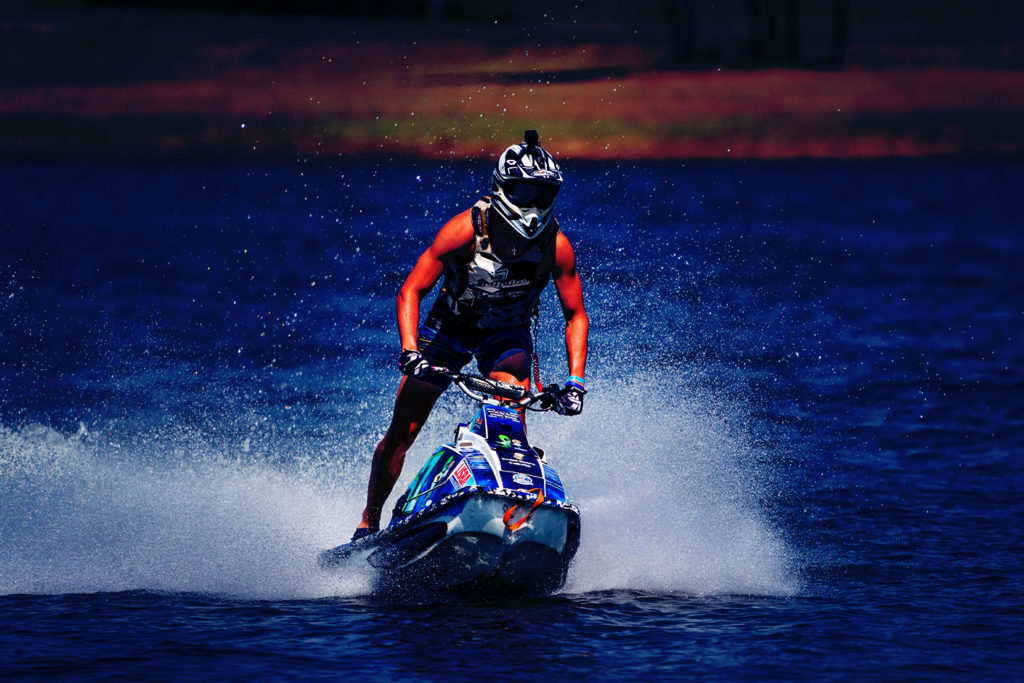A jet ski (personal watercraft) is designed with buoyancy and safety features that help prevent it from sinking if it flips over. Here are some key reasons why a jet ski typically won’t sink if it flips:
Hull Design
- Buoyancy – Jet skis have a hull design that includes buoyant materials, such as foam or other lightweight materials, which help keep the craft afloat even if it overturns.
Self-Draining
- Drainage System – Most jet skis are equipped with a self-draining system. If water enters the hull when the jet ski flips, the drainage system helps expel the water to maintain buoyancy.
Engine and Components
- Waterproofing – Critical components like the engine, electrical, and fuel systems are designed to be waterproof or water-resistant. This helps prevent water from entering these parts and affecting the jet ski’s buoyancy.
Safety Features
- Floatation Devices – Many jet skis have built-in floatation devices or compartments that add to the watercraft’s overall buoyancy, aiding in its ability to stay afloat if it overturns.
Operator Safety Gear
- Life Jackets – Jet ski operators and passengers must wear U.S. Coast Guard-approved life jackets. These provide additional buoyancy and safety in an emergency, including a flip or capsize.
Emergency Procedures
- In the event of a flip, there are procedures to safely right the jet ski and prevent further water ingress. Jet ski operators should be familiar with and practice these procedures for safety.
While a jet ski can overturn or flip in certain conditions, its design features, including buoyancy, drainage systems, and safety equipment, are intended to prevent sinking. Proper maintenance and adherence to safety guidelines, such as wearing life jackets, are essential for ensuring a safe and enjoyable experience on a jet ski.



